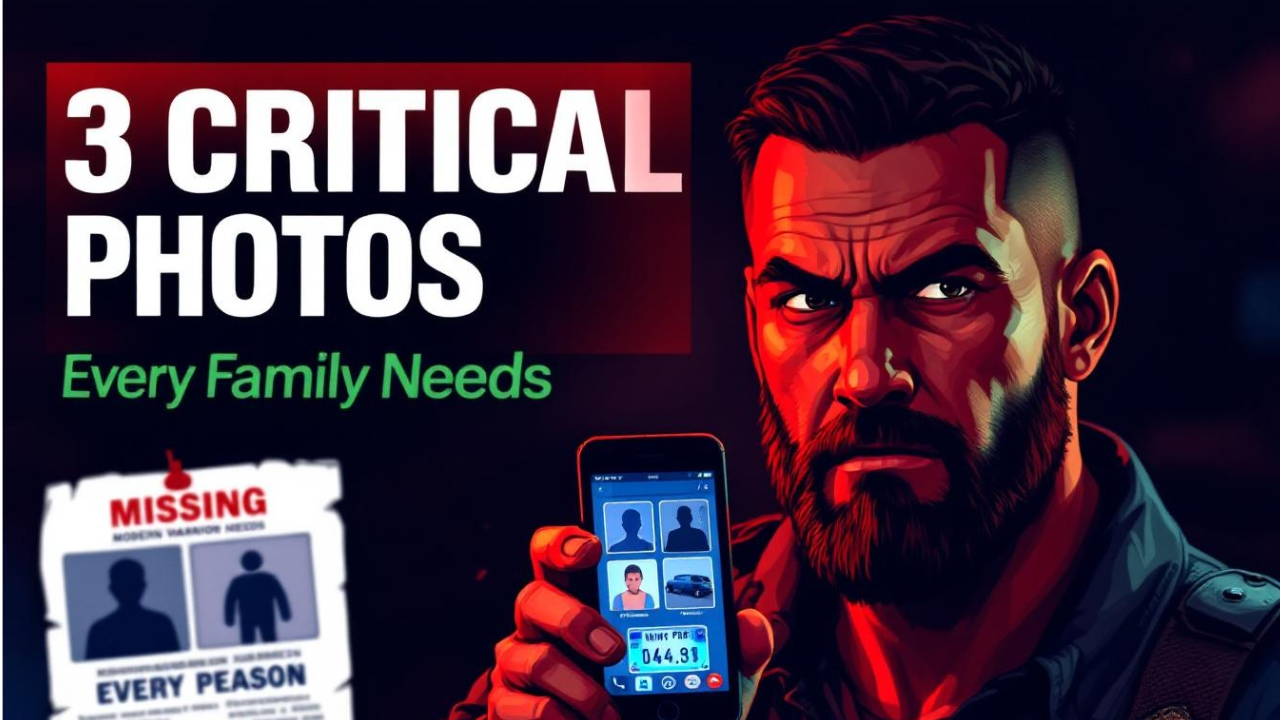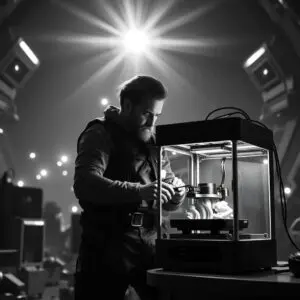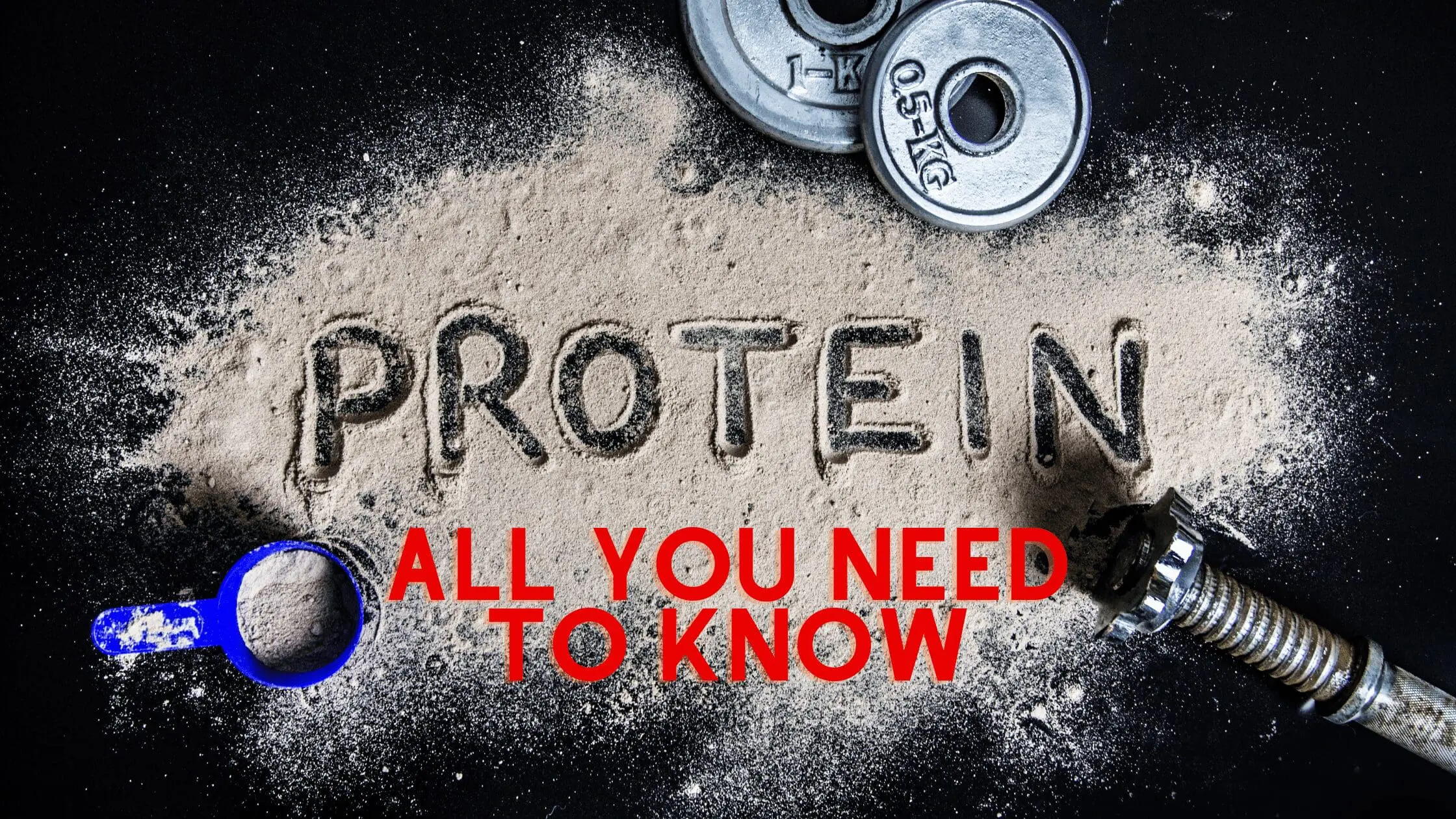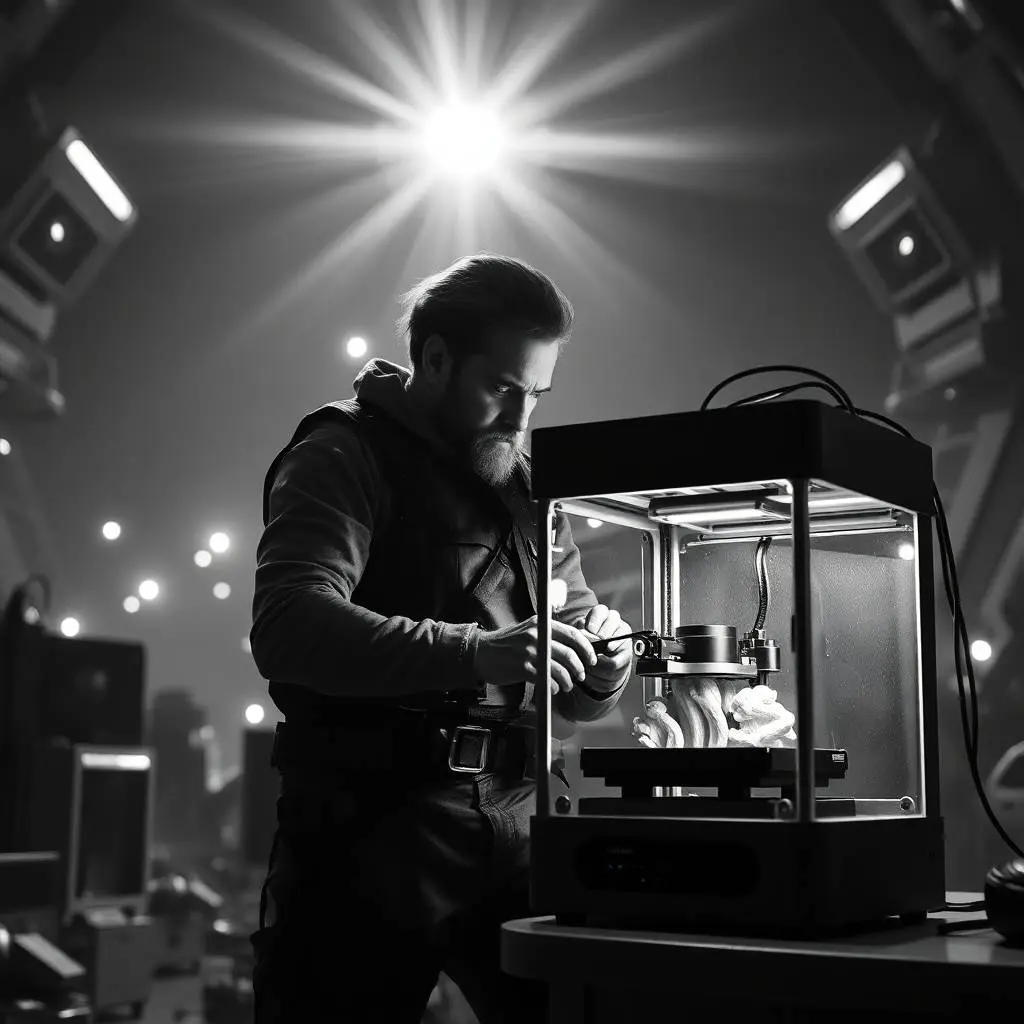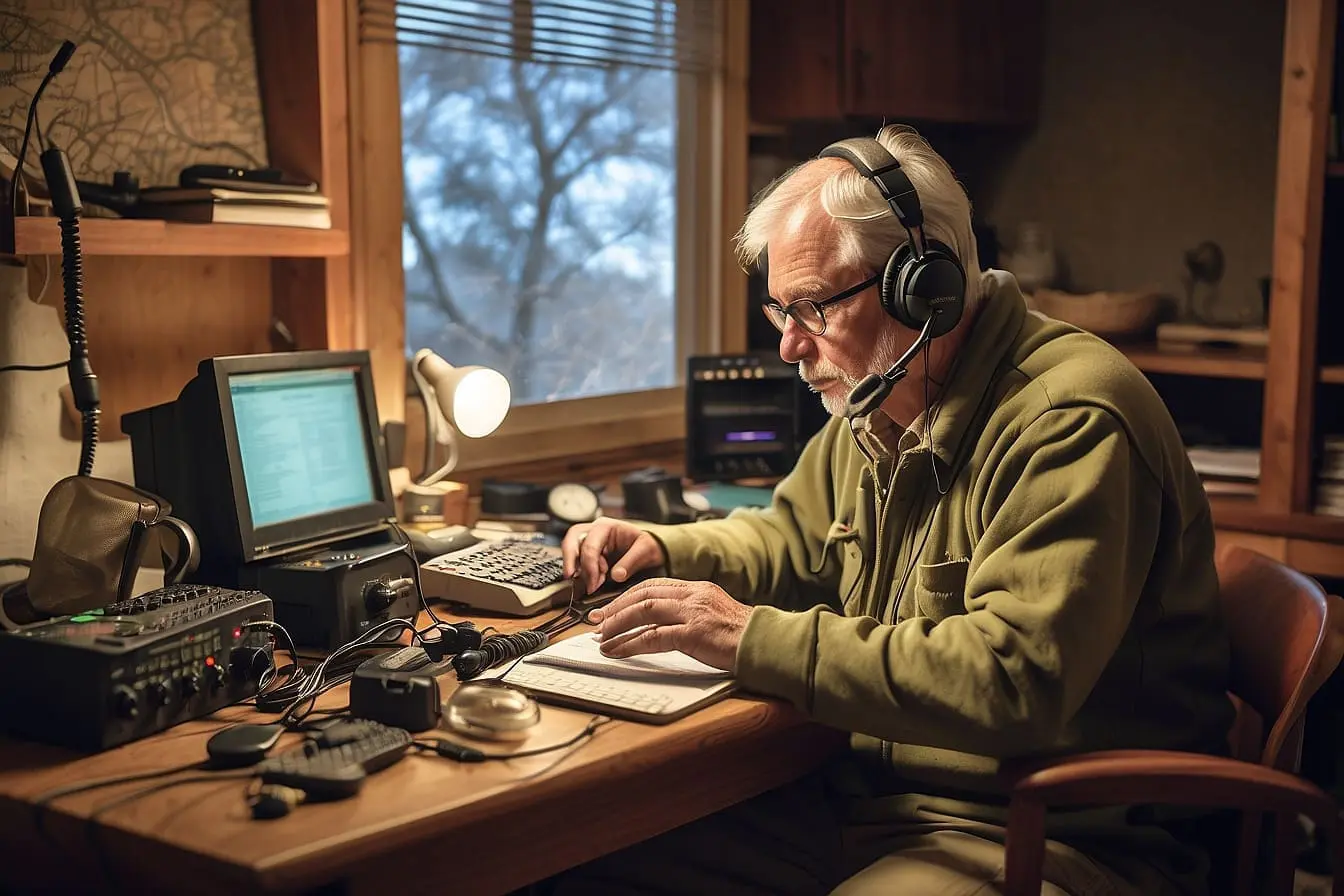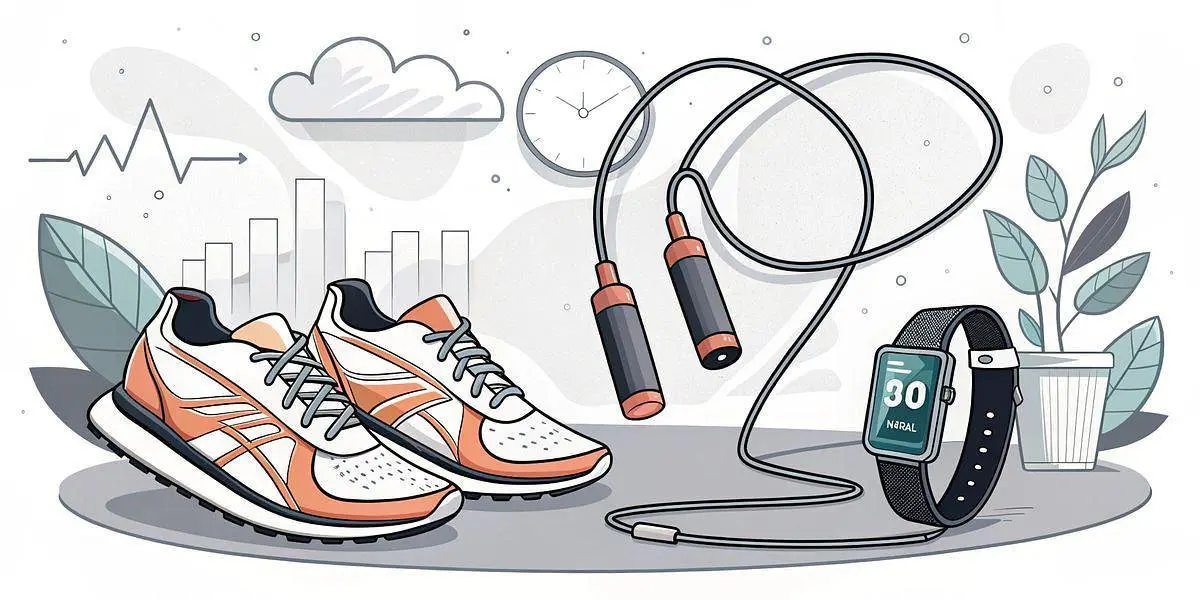Emergencies strike when we least expect them, and being prepared can make all the difference. Shane from Modern Warrior Project introduces a simple yet powerful concept called the “family intelligence asset system” to help families react swiftly in crisis situations. In this post, we’ll explore the three essential photos every family should have on their phones, why they matter, and how you can set this up in just a few minutes. These small preparations can save precious time and possibly lives when faced with an emergency.
Why Most Families Aren’t as Prepared as They Think
Many of us assume we’re prepared because we have countless photos saved on our phones. However, these photos are often candid shots that lack the specific details law enforcement or search and rescue teams need in a missing person scenario. According to Shane, “Having photos on your phone is great, but that’s not necessarily useful to law enforcement.”
This is why every family must take deliberate steps to create an organized and up-to-date collection of photos designed specifically for emergencies. These aren’t just pretty snapshots—they’re essential tools for rapid response and recovery in a crisis.
The 3 Essential Photos You Need
Let’s break down the three types of photos you need for your family’s emergency preparedness toolkit:
1. Current Photos of Each Family Member
Start with clear, deliberate photos of each family member. These should include:
- Head-on and side-profile shots to capture their current look.
- Photos of any unique features, such as scars, tattoos, or birthmarks.
- Updated images reflecting recent changes in hairstyle, clothing style, or other notable features.
“Kids change quickly, so update these photos every few months,” Shane advises. Having a collection of recent and clear images can help law enforcement or search teams identify someone quickly in a crisis.
2. Photos of Vehicles
Next, take clear, multi-angle photos of any vehicles your family members might use. This includes:
- The exterior of the vehicle (front, back, and sides).
- Any notable damage or unique features.
- A close-up of the license plate.
In the event of a disappearance, having these photos ready allows you to provide accurate information to authorities and social networks. Shane emphasizes, “If my wife doesn’t show up, I immediately have all the stuff I need to share with police or on social media.”
3. Additional Details to Consider
Beyond photos, it’s a great idea to compile other key information, such as:
- Medical details (e.g., medications or conditions).
- Emergency contacts.
- Other identifying traits or habits.
Shane suggests creating a simple document with this information, ready to hand over during a crisis. “You could certainly come up with this on the spot, but it takes time. If you already have this together, you just hand it over,” he explains.
How to Set Up Your Family Intelligence Asset System
Setting this up is straightforward and takes less than five minutes:
- Take clear, deliberate photos of each family member and their identifying features.
- Photograph all vehicles your family uses, including license plates.
- Compile important details (medical info, habits, etc.) into a document.
- Save everything in a dedicated, secure folder on your phone or cloud storage.
- Set a reminder to review and update this information every few months.
These simple steps ensure you’re well-prepared and reduce the stress of gathering details during an emergency.
The Power of Being Proactive
“Sometimes it’s the simple things that can mean the most,” Shane reminds us. While this may not seem like rocket science, having an organized system in place can drastically reduce the time spent scrambling for information during a crisis. Sharing these assets with law enforcement, social media, or local groups ensures everyone has the tools needed to act quickly.
Ultimately, this system isn’t just about photos—it’s about creating peace of mind and being ready for the unexpected.
Conclusion: Take Action Today
Emergencies are unpredictable, but preparation doesn’t have to be complicated. By setting up your family intelligence asset system, you’re taking a proactive step to protect your loved ones. Review your family’s photos today, take the necessary updates, and save them in an easily accessible folder. It’s a small effort that could make a big difference in a crisis.
What other emergency preparedness tips do you recommend? Share your thoughts in the comments below, and let’s learn from each other. For more actionable advice on safety and preparedness, follow Shane and the Modern Warrior Project. Together, we can create a more prepared and resilient community. Stay ready, stay safe! 😊

